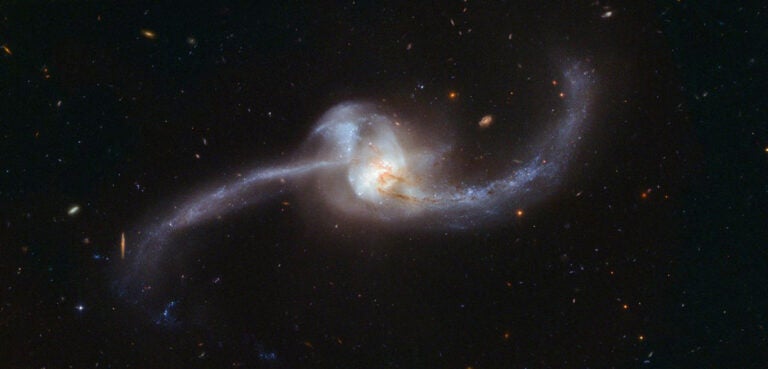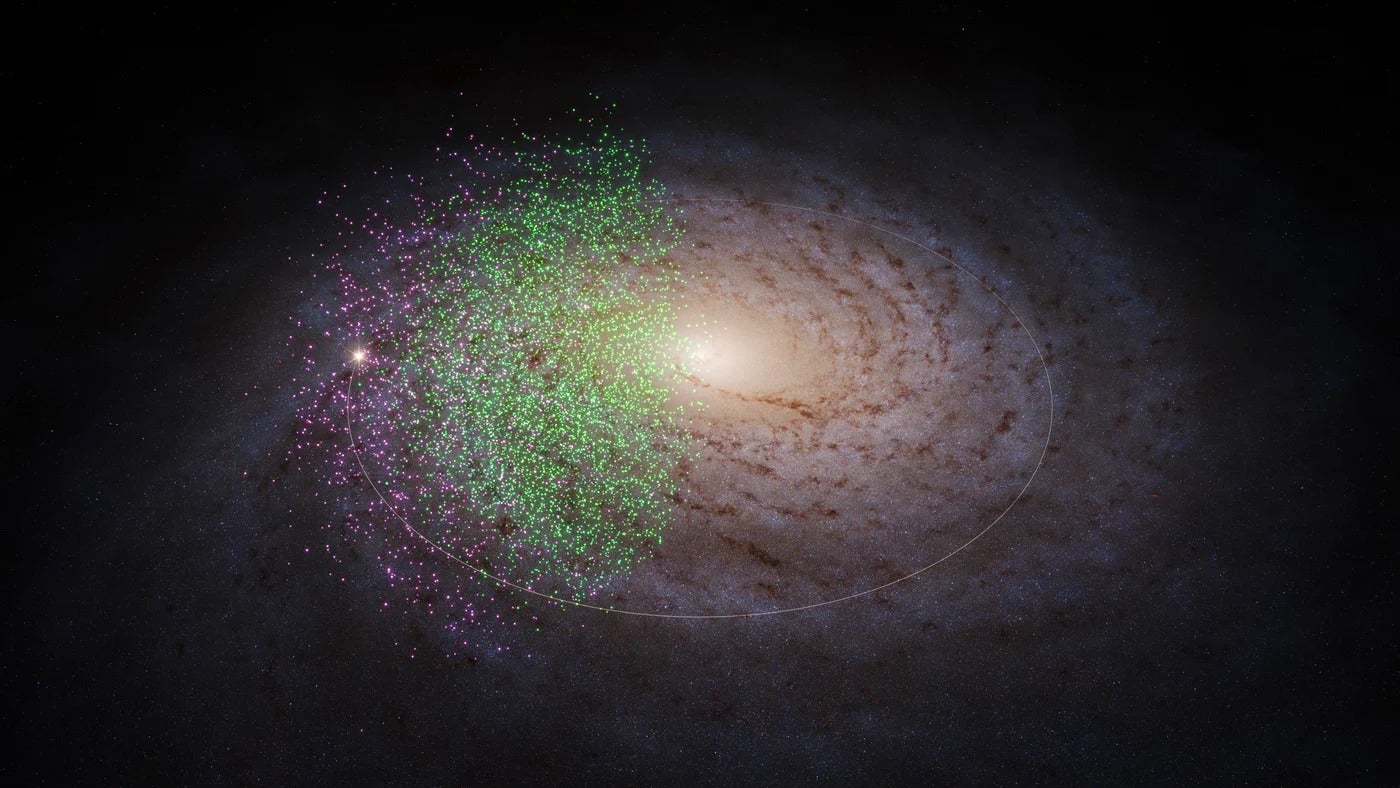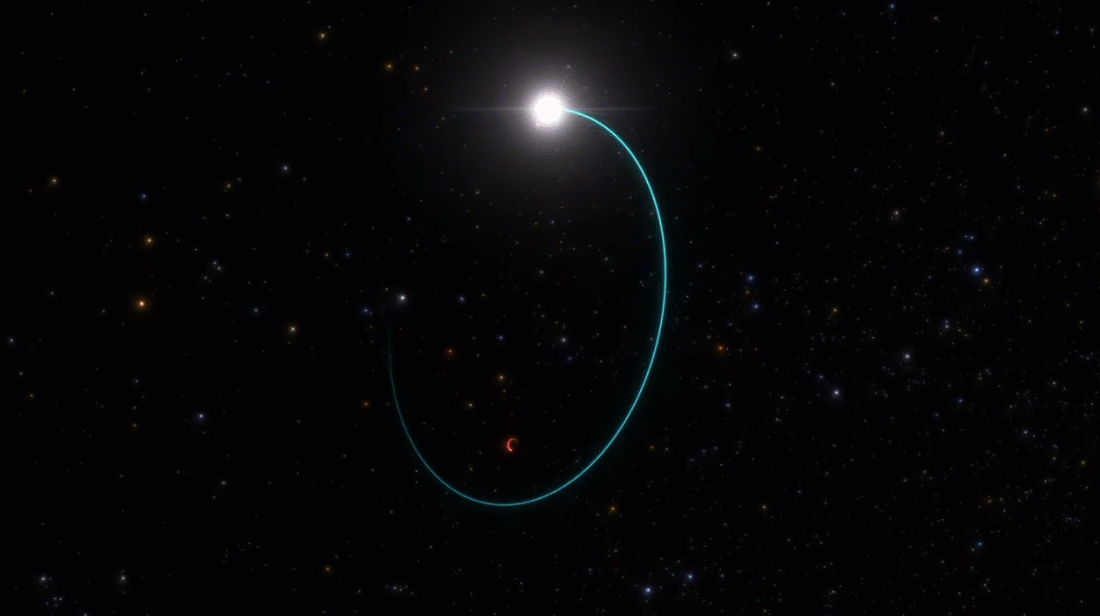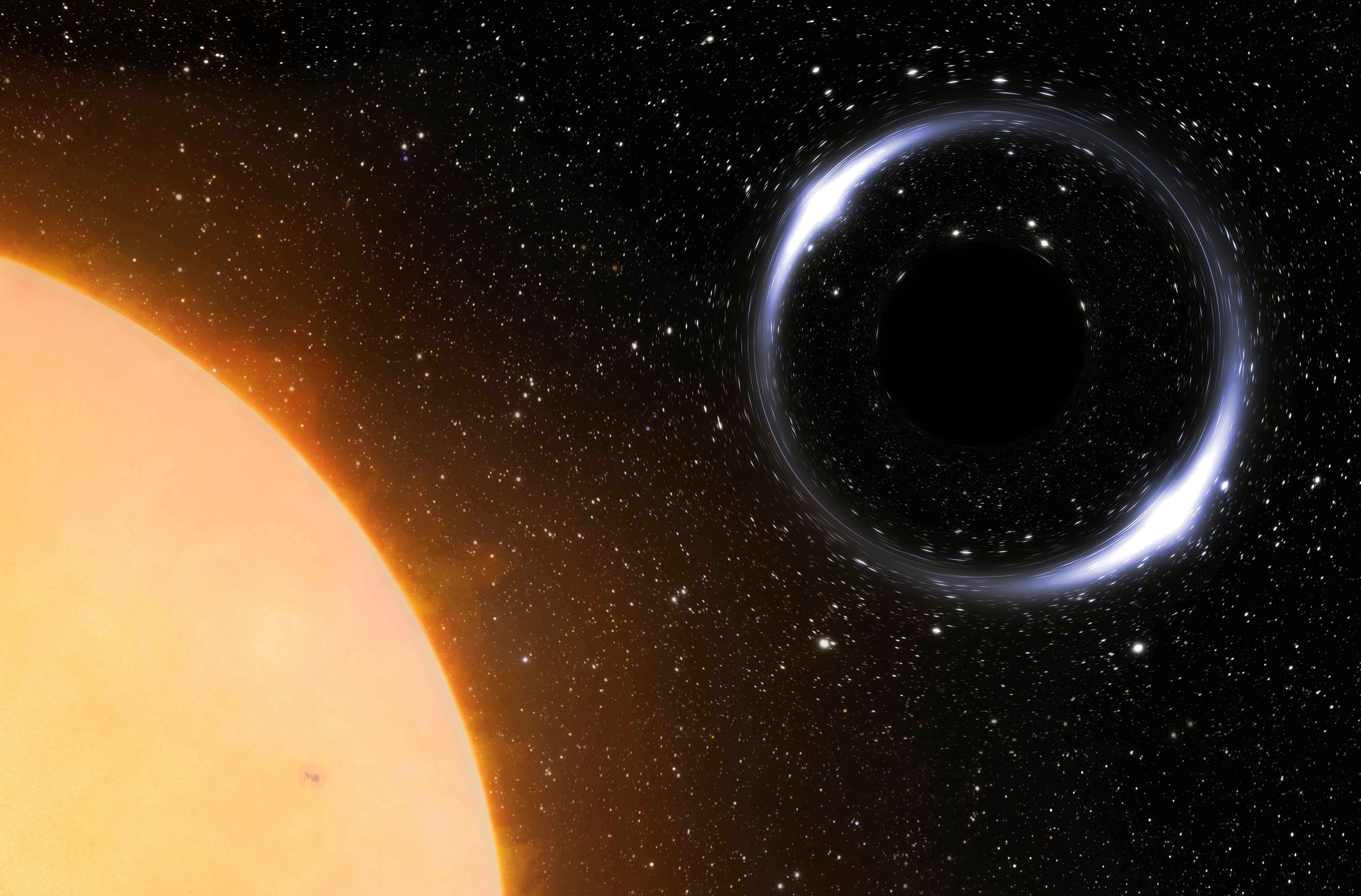One tool to address this question is the Drake equation, which lays out the quantities needed to estimate the number of intelligent civilizations in the Milky Way Galaxy. I’ll define an intelligent civilization as one capable of communicating over interstellar distances. Our species has had this capability for less than a century.
NASA’s Kepler space telescope has completely altered our view of planets beyond the solar system. The mission has shown, among other things, that as many as one in five Sun-like stars harbors an Earth-sized planet residing in the “habitable zone,” the range of orbital distances where liquid surface water could plausibly exist. There are roughly 200 billion stars in the Milky Way Galaxy, of which a quarter are Sun-like. So there are about 10 billion potentially habitable planets around Sun-like stars in the Milky Way alone. Prior to Kepler, Fp was entirely unconstrained. With Kepler, astronomers have measured Fp, at least roughly. Uncertainties remain for several reasons: The boundaries of the habitable zone are uncertain, Kepler has only probed a narrow slice of the galaxy, and there are likely other necessary conditions for life besides surface liquid water. I am hopeful that, in my lifetime, we will launch telescopes capable of imaging distant Earth-like worlds and “sniffing” their atmospheres to look for signs of alien life.
University of California, Berkeley










